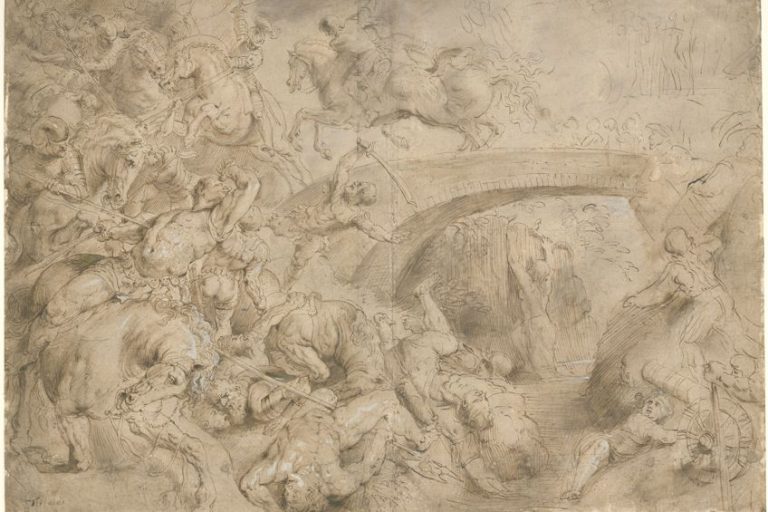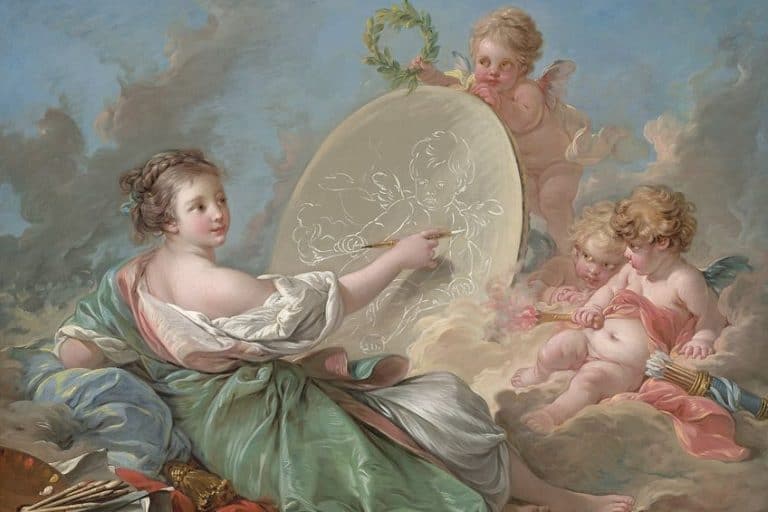What Is Etching in Art? – A Guide to Learning Etching Techniques
Etching art is something that goes back as far as the 15th century and appears to be one of the oldest mediums used for printing. As a printing technique, it can be effective on its own or can be combined with other techniques, making possibilities endless. In this article, we will be showing you how to start etching and what tools and materials you will need to create your very own first print.
What Is Etching in Art?
Etching is normally of a small image that is printed on paper and is usually done in black and white with various shades of gray. However, you can also do etchings in color. You have two approaches to this type of art, which include etching and engraving.
At first glance, both methods seem to be identical, but there is a vast difference between these two forms of art with the tools and techniques being completely different. Although the processes used in producing these two forms of art are different, they are both used for printing purposes and the printing process for both is identical.

Many artists use both forms together and create one individual piece of artwork, which produces a larger range of visual effects. On many occasions, the engraving method is used in completing a certain design, by adding more detail to the etching design, creating a better image. Let us now consider further, what etching painting is.
Engraving
Let us first consider engraving, which is an art form that is centuries old and dates back to the Renaissance period. Print engraving is used to reproduce artworks, where a design or image is engraved into a soft metal plate, usually copper, using a special tool known as a “burin”. The burin is a steel rod that has a diagonally sharpened point on one end, which is used to cut into the copper plate. The lines cut into the metal can vary in depth and width, which is used to create different shades and tones.
The deep lines will be able to hold more ink, while the shallow lines hold less ink, which produces darker and lighter tones when printed.
Different engraving techniques are used to create amazing works of art, some pieces have been done by famous artists such as Michel Angelo and Leonardo da Vinci. The art of engraving requires a significant amount of strength from the artist, as well as a specific degree of metalworking skill. For this reason, many artists have turned to the art of etching, which is a lot less demanding on physical strength and does not require much experience or specific skills. Let us now concentrate on etching painting and see how that art form has developed.
Etching
What is etching in art? Etching is a printing technique known also as intaglio, where an artist takes a metal plate, usually copper, zinc, or iron, and coats it with an acid-resistant substance, referred to as etching ground. This etching ground is usually beeswax, bitumen, or resin. The wax is there to protect the surface of the copper plate. The artist then takes a sharp tool, referred to as an etching needle, and scratches or draws their design through the wax resin.
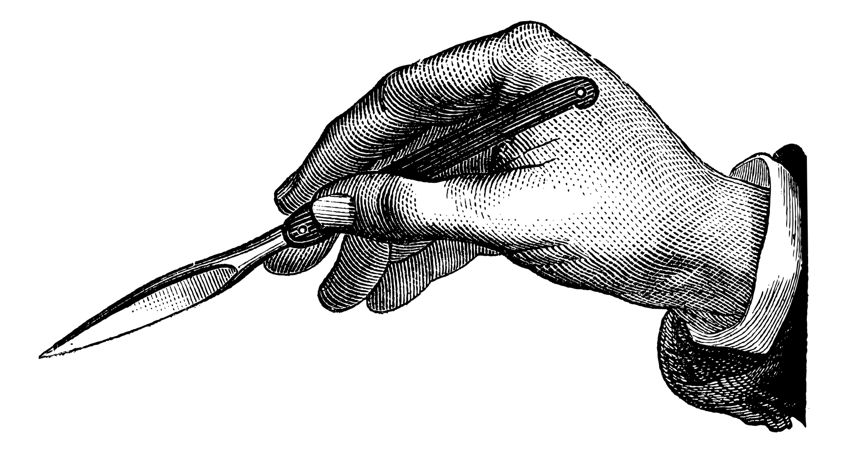
The scratched or drawn lines in the wax expose the metal underneath, which will be the design that is later to be printed out. The plate is then taken and dipped into a nitric acid solution which eats away the unprotected areas of the plate, leaving behind the beautiful design or image created by the artist using the etching process.
The plate is then rinsed off with turpentine, removing the wax-protected coating completely, and leaving behind the artist’s etched lines of their design or image. Now the artist rubs the ink or paints over the plate and the etched lines will hold the paint or ink that was applied. The plate is then passed through the printing press, where the design or image is transferred onto damp paper.
The etching process can be used in various other printing techniques, or it can also be applied to glass or some other hard surface material instead of paper. The artist can also repeatedly mask off certain of their etched lines altering the design or image, re-apply the acid process, and creating a whole new image or design.
History of Etching in Art
A Swiss artist, Urs Graf, created the very first dated art etching in 1513 that was printed from an iron plate. The German artist Albrecht Durer was responsible for creating five art etchings in 1518, where he tried to imitate the quality of engravings by using etchings with impulsiveness and flowing lines that were not yet appreciated in northern Europe. At the beginning of the 16th century Daniel Hopfer, the German master created the etching stroke technique, which was gladly welcomed by artists-engravers.
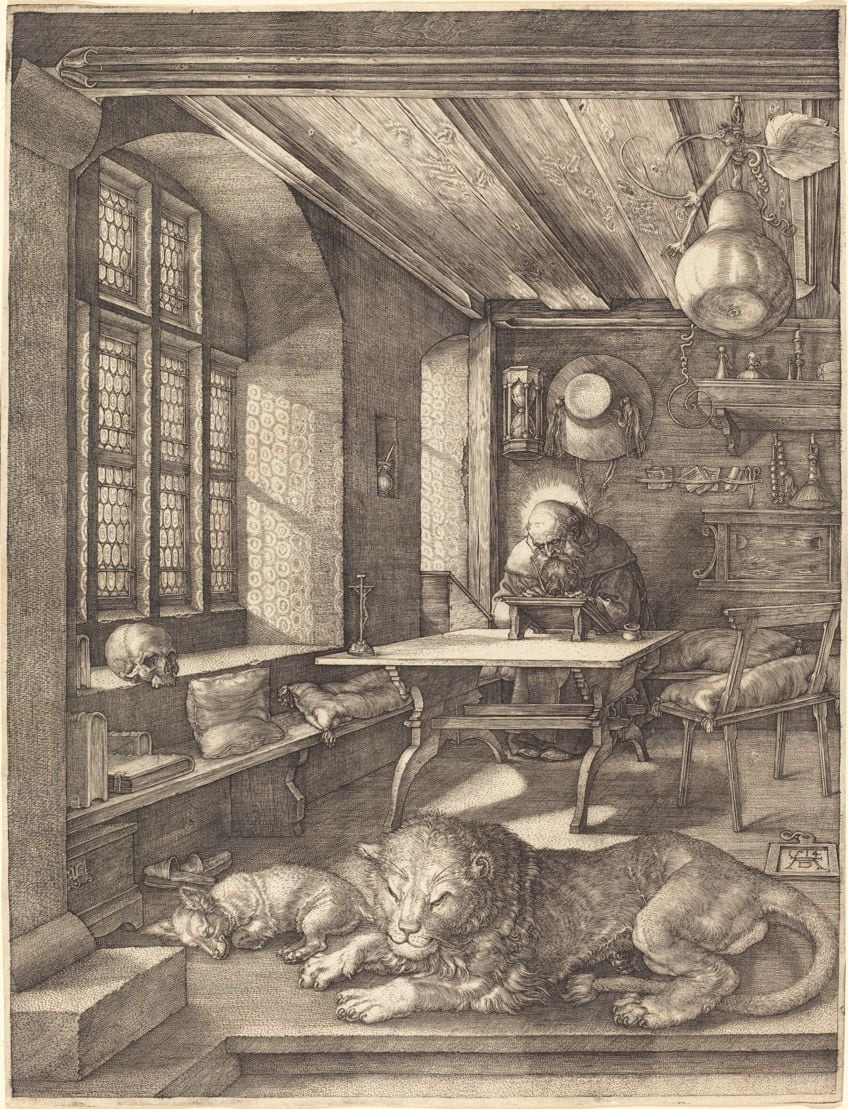
This technique greatly speeded up the plate processing, making the hand movements, and subtlety of all the strokes much clearer and reproduction more accurate. They were able to print over 500 sheets without losing the quality of the image, which contributed to making the etching process very popular for five centuries. The Italian artist Parmigianino, in the 16th century, mastered the art and technique of etching with his graceful strokes making the etching technique look easy.
The French printmaker, Jacques Callot, made use of the etching process and technique with his series Miseries of War (1633), using the special engraving burin tool, and exposing the plate to acid.
Famous Artists and Their Etchings
Let us go back in history and observe the masters at work, so we can gain the real impact etching has had on the art world. These famous artists have paved the way to allow new art styles to emerge in the present art world. The art of etching has also had an impact on the printing industry, creating new ideas for many budding artists. Let us now consider a few of these famous artists and their work.
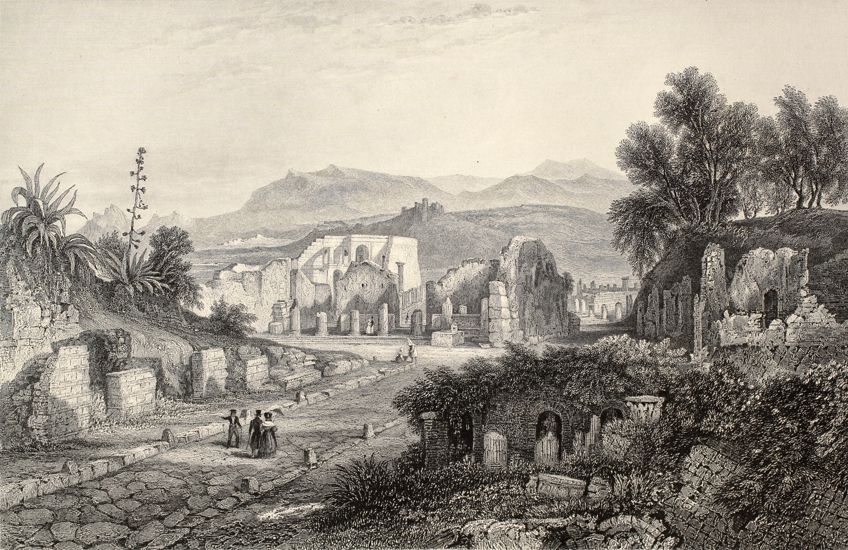
Christ Healing the Sick (1649) by Rembrandt
| Artist | Rembrandt van Rijn (1606 – 1669) |
| Title | Christ Healing the Sick |
| Date Completed | 1649 |
| Medium | Etching drypoint on paper, and engraving |
| Dimensions (cm) | 82.55 x 71.12 |
| Location | Prints found in various museums throughout the world |
Rembrandt van Rijn was an etcher, a draftsman as well as a painter, and taught himself the etching process. As such, he became the greatest etcher the world has ever known. He was responsible for creating expressive and exquisite images that are still used as models for printing graphics in the 21st century. His work, by using dramatic interlays, allows light and shadow to convey amazing expressions and features. He produced 300 etchings in his lifetime.

One of the most famous of his etchings is Christ Healing the Sick (1649), where he made use of the drypoint technique that produced velvety soft strokes. In this way, he was able to achieve all the deep blacks and the blinding light of the white paper. Christ as the center of the etching, contrasts strongly with light and shadow. With these two extremes, he shows the variations of the shades of gray which add depth to the scene.
Television: Course de Chars a L’Antique II (1968) by Picasso
| Artist | Pablo Picasso (1881 – 1973) |
| Title | Television: Course de Chars a L’Antique II |
| Date completed | 1968 |
| Medium | Etching drypoint, aquatint on paper, and engraving |
| Dimensions (cm) | 31.4 x 41.7 |
| Location | Park West Gallery, Southfield, Michigan, United States |
In the early 1960s, Pablo Picasso was involved in a historic battle that raged against theoretical and conceptual art, where the conceptualists stated that anyone can be an artist, and anything can be regarded as art. Picasso’s response was not with words but through creativity, pointing the way back to the account of art history and aesthetic beauty. In his 90s, Picasso created a selection of etchings called the 347 series, where he completed 347 etchings, in seven months from March to October 1968. He hand-signed them all himself.
The etching by Picasso Television: Course de Chars a L’Antique II (1968), depicts a chariot race that was one of the very popular ancient Roman and Greek sports. He loved to combine periods in history, icons, and cultures with his creations, and he was able to have one theme running throughout his etchings, which were that of a participant instead of an observer.
Picasso was able to master the etching techniques in his creations like engraving, drypoint, and aquatint, which showed forcefully in his artworks. His etchings showed the beauty and technical brilliance, which made his work highly sought after by galleries as well as art appraisers.
Artists during the 19th and 20th centuries continued to make use of the etching process, and the technique seemed to gain popularity among some of the prominent artists like Pablo Picasso, who used it for his Cubist ideas and continued to exploit it during his classical period. Other artists, in this era, also made use of the etching process for their work like David Hockey, Georges Rouault, Marc Chagall, Stanley Hayter, and Henri Matisse.
Etching Techniques
Etching printmaking is a technique that has been used since the 14th century to decorate metal but was not used as a printing technique until the early 16th century. Ever since then, etching techniques have developed and artists have used them to produce amazing images and designs that were not possible before. Let us now consider some of these etching techniques in more detail.

Soft Ground Etching Technique
Hard ground etching has been the most popular etching technique over the years, but soft ground etching is a technique that became a trend in the late 18th and early 19th centuries. This technique requires the artist to take a piece of tracing paper, which is then placed carefully over the grounded metal plate. The artist can then draw the design or image on tracing paper, which will remove the ground on the surface of the plate.
Since the lines drawn on the ground of the plate are a lot softer than the hard ground technique, the quality of the lines becomes more pencil-like.
This will also result in the surface of the plate staying tacky, allowing the artist to press paper or even leaves onto the ground and thus create the image or design on the leaf. The artist Nelson Dawson, in the 20th century, made use of this etching technique regularly, as he loved creating lively etchings that had a soft touch. Other artists that made use of this etching technique are Joel Ostlind, Cassatt, Pissarro, and Degas.
Hard Ground Etching Technique
This is the more popular and direct technique of etching where a copper plate, that is coated with the ground, is used to scratch a design or image using a sharp tool. The plate is then covered in acid, which eats away the ground, leaving the pattern or image behind. These patterns hold the ink when the ink or paint is applied. The ink is then wiped off the plate and the plate is applied to some damp paper, transferring the image to the paper, which is then passed through the printing press.

Famous artists that have used this etching technique with great success are, James Mcbey (1883- 1959), Anders Zorn (1860-1920), McNeil Whistler (1834-1903), Frank Short (1857-1945), and Ernest Lumsden (1883-1948). Although this technique has been used for over 500 years, artists are still finding new ways of using this etching technique today.
Mezzotint Etching Technique
The mezzotint etching technique is done using a copper plate that has been grounded, and then instead of scratching on the plate surface, a mezzotint rocker is used to remove the ground. A mezzotint rocker is a semi-circular tool that has fine sharp teeth and is rocked over the whole plate surface.
This process is repeated but perpendicular to the original rocking process, then it is again repeated in various other directions until the desired image or design is achieved. This technique produces a very noticeable and soft characteristic that you are not able to achieve using any of the other etching techniques.
The mezzotint technique was developed in Amsterdam in the 17th century and was first seen in a portrait of Amelia Elizabeth in 1642, and in the 1680’s it became the preferred medium used by artists for reproducing portraits. Artists making use of this technique are Valentine Green entitled An Experiment on a Bird in an Air pump (1739-1813), and George Stubbs entitled Sleeping Cheetah (1788).
Drypoint Etching Technique
This etching technique is the most direct and simple of all forms of printing. The artist scratches onto the surface of the plate with an etching needle called a “whistler”, which produces a velvety soft line that can hold the ink. Then the plate is inked and cleaned off, and ready for the printing press. This printing requires a lot of strength so it cannot be done by hand.

Many artists make use of the hard ground technique and incorporate into their designs the drypoint technique for a more delicate finish. An excellent example of this technique is Christ Crucified Between the Two Thieves (1653) by Rembrandt van Rijn. Other artists using this technique are James McNeill Whistler, Picasso, Albrecht Dürer, Max Beckman, David Brown Milne, and Pedro Joseph de Lemos, who made the technique easier to use in art schools.
Aquatint Etching Technique
This is the most difficult of all the etching techniques, as it can produce tonal values with ink and watercolors, creating a wash effect. In the traditional method, the artist used powdered pine resin that was put into a box, and a bellows was used to blow the resin around inside the box. Then before the resin has a chance to settle, the plate is placed inside the box where the resin is allowed settle onto the plate.
Next, the bottom side of the plate is heated, causing the resin to melt which will offer a certain amount of resistance to the acid when applied. This will result in a high-resolution halftone print being produced.
During the 17th century, many attempts were made to perform this technique but without success. However, in 1768, Jean-Baptiste Le Prince, the French printmaker, used powdered resin that produced the desired results. This etching technique became very popular during the 18th century, particularly with illustrators, but the artist Francisco Goya used this process, and he was considered to be the master of the technique.
Etching Art Tutorial
As we have learned, etching is known as an intaglio printmaking process, where lines are scored into a copper, zinc, or iron plate that is covered with a ground of wax, leaving the lines on the plate. These lines are then able to hold the ink when the ground is removed, enabling the image to be printed out. Let us now take you through the process step-by-step so that you can follow the process to ensure a perfect etching image or design.
Preparing for the Etching Process
To start, the plate is first cleaned and polished removing any scratches or imperfections on the plate surface. When the plate is completely smooth and clean, it is covered with an even layer of acid-resistant wax or varnish, which is referred to as the ground.
Creating the Design Over the Ground
Take your etching needle or a blunt stylus and very gently scratch your image or design over the ground. This will expose the metal underneath. When you are satisfied with the image, acid is used to pour over the plate, or the plate is dipped into the acid.
Placing the Plate in Acid
The acid will eat into the metal, only in the areas where the metal has been exposed, these recesses will be able to hold the ink. The longer you hold the plate in the acid, the broader and deeper the recesses. This means the lines created will hold more ink, and they will be darker and thicker when printed onto the paper.
At times, you may want to use paint instead of ink and this process allows you to create “a nuanced tonal palette”.
This means you create a color scheme consisting of one main color with different shades of the same color in that group. To accomplish this, you need to expose the acid to the plate more than once to create darker shades. Lighter shades are achieved by protecting the lines from further acid bites by covering the lines with the ground.
Inking the Etching Plate
When you are satisfied with the image or design, you can then remove the ground using a solvent, and the plate is now ready to be inked. With the intaglio process, the ink applied is preserved in the scored lines. To apply the ink, you can use a cardboard tab or a cotton wool ball, making sure the ink is spread over the entire surface of the plate. Using the same material you used for inking, you remove the excess ink. Make sure the plate is properly cleaned by using a tarlatan cloth, which is a very heavily starched cheesecloth.
Printing the Image
Some artists prefer to leave a thin layer of ink on the surface of the plate to create a different tone. Many of the early intaglio printmakers took a piece of paper and pressed it down onto the surface of the plate using their hands. However, to get the finely cut lines of your image printed properly, you need to apply a force that requires a printing press with rollers.

To ensure the metal plate is protected from the pressure applied by the press, the plate is covered using a dampened sheet of paper and then a printing blanket is placed over that, which is usually made from felt before the plate is passed through the press. The pressure applied by the press forces the ink onto the damp support paper, and the image is printed onto the support paper. Remember, the etching image or design will appear in reverse.
The etching process has its place in the art world, but it takes a lot of time to create an etching art piece. However, it is something special that can be admired. Etching techniques are not only something that was done in the past but it is still used by many prominent artists today.
Take a look at our etching art webstory here!
Frequently Asked Questions
What Is Etching in Art?
Etching printmaking, known as an intaglio technique, is an etching printmaking process that requires lines to be scratched into a metal plate surface, like copper, iron, or zinc, that is covered with the ground, which can hold the ink. Next, the plate is put into acid that eats away the uncovered metal. The plate is then cleaned, leaving your image or design behind.
Are Engraving and Etching the Same Thing?
Etching is regarded as a traditional method of making several prints from a single effort using a chemical process. Engraving is more of a physical process, but both are used for printing purposes.
Why do Artists Use the Etching Process?
Artists use the etching process as it takes less physical effort than engraving. You create the design by using ground or wax instead of cutting into the metal. Etching is best for smaller projects and thinner materials, and you do not require much knowledge of metalworking.
In 2005, Charlene completed her Wellness Diplomas in Therapeutic Aromatherapy and Reflexology from the International School of Reflexology and Meridian Therapy. She worked for a company offering corporate wellness programs for a couple of years, before opening up her own therapy practice. It was in 2015 that a friend, who was a digital marketer, asked her to join her company as a content creator, and this is where she found her excitement for writing.
Since joining the content writing world, she has gained a lot of experience over the years writing on a diverse selection of topics, from beauty, health, wellness, travel, and more. Due to various circumstances, she had to close her therapy practice and is now a full-time freelance writer. Being a creative person, she could not pass up the opportunity to contribute to the Art in Context team, where is was in her element, writing about a variety of art and craft topics. Contributing articles for over three years now, her knowledge in this area has grown, and she has gotten to explore her creativity and improve her research and writing skills.
Charlene Lewis has been working for artincontext.org since the relaunch in 2020. She is an experienced writer and mainly focuses on the topics of color theory, painting and drawing.
Learn more about Charlene Lewis and the Art in Context Team.
Cite this Article
Charlene, Lewis, “What Is Etching in Art? – A Guide to Learning Etching Techniques.” Art in Context. December 19, 2022. URL: https://artincontext.org/what-is-etching-in-art/
Lewis, C. (2022, 19 December). What Is Etching in Art? – A Guide to Learning Etching Techniques. Art in Context. https://artincontext.org/what-is-etching-in-art/
Lewis, Charlene. “What Is Etching in Art? – A Guide to Learning Etching Techniques.” Art in Context, December 19, 2022. https://artincontext.org/what-is-etching-in-art/.






